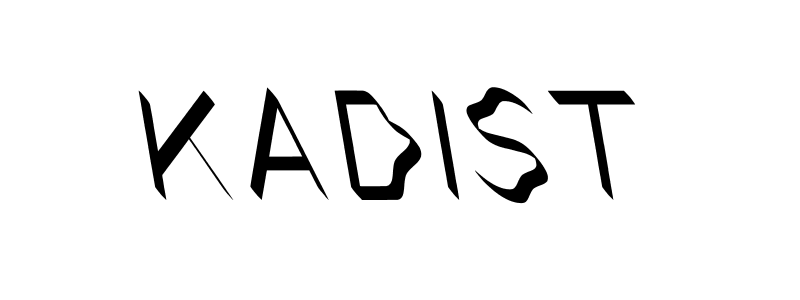o que diriam as pedras a marte?
2022 - Installation (Installation)
Board: 200 x 200 cm
arquivo mangue
o que diriam as pedras a marte? [What would the stones say to Mars?] is a sculptural work consisting of two parts by arquivo mangue. On the ground is a square-size steel board—much like a game board—that holds various objects (glass bottle, watch, shards of building tiles, discarded piece of metal marked “failed business femur”) and emits a faint sound of water that recalls the river that once flowed near the site of Pivô in São Paulo before urbanization took hold. Above the “game board” hovers a circular suspending structure – like an upside-down parachute – that casts an amber glow. The river sound and the game board point to the speculation of the socioeconomic model in which we live and the ravages it wrecks on us, while the suspended piece—a rust-infected canvas fabric—looks like a planet, mounted across it an inscription in iron: ia uma ética mineral [there was a mineral ethics] . The planet Mars has experienced an accelerated process of colonization by the human species, whose way of thinking continues to be based on a unilateral and abusive relationship that when things cease to be ‘functional’, we move to another place to exploit, tirelessly repeating this dynamic of extraction and exhaustion. For Arquivo Mangue, s culpture is a kind of fiction, and this ambitious work points to the urgency of building a mineral ethic that begins with interspecific relationships as the center of all imagination, cosmogony, and planetary habitation. It is an ethics that emerges from the awareness of the ephemeral, that produces a harmony between the situation and the moment and which generates a reciprocal relationship, as bringing together the two disparate objects forming planetary relations. The work is also an urgent call, as the text on a piece of frayed cotton reads: “Exterminate the bandeirante before Mars turns into a ditch.” Bandeirante references the “flag-carriers” and “explorers” of the land in the early Colonial period of Brazil, thus linking the legacies of colonialization of Mars to that of present-day Brazil.
arquivo mangue is the artistic duo of Camila Mota and Cafira Zoé, who consider their collective as a tool that witnesses the course and evolution of cosmogonies. They contribute artworks that allow the human body to rehearse, as a way to navigate co-existing or emerging cosmogonies. Rehearsal is the epicenter of arquivo mangue’s artistic endeavor and aesthetic thinking, linked to the use of theatrical performance techniques to deal with the fear that doubt and possibility awaken in the human species. As a result, their work probes the existential question of the origin of the universe, and puts in context its tension with current socio-political conditions.
Colors:
Related works sharing similar palette
» see more

© » KADIST
Paul McCarthy
2008Memory Mistake of the Eldridge Cleaver Pants was created for the show Paul McCarthy’s Low Life Slow Life Part 1 , held at California College of the Arts’s Wattis Institute in 2008 and curated by McCarthy himself...

© » LENS CULTURE
Patria - Photographs by Oleñka Carrasco | Interview by Valeria Posada-Villada | LensCulture Feature Patria Oleñka Carrasco’s latest photobook and exhibition at the Rencontres d’Arles recounts how grief prompted her search for a lost connection with the house and land in which she grew up — Venezuela...

© » KADIST
Event held offiste at 24th Street BART plaza , San Francisco 12-2pm Kadist joins Creative Time , Hammer Museum , Conflict Kitchen , Nasher Sculpture Center , Dallas Museum of Art , The Art Institute of Chicago , and many others to re-stage Tania Bruguera’s performance, “Tatlin’s Whisper #6? on Monday April 13 at noon...
Related works found in the same semantic group
» see more

© » KADIST
Abraham Oghobase
2018This series of photographs is inspired by the artist’s travels to Jos, Nigeria...

© » KADIST
Agnieszka Kurant
2022For Sentimentite Agnieszka Kurant collaborated with Justin Lane, CEO and Co-Founder of CulturePulse, to gather global sentiment data that has been harvested from millions of Twitter and Reddit posts related to 100 seismic events in recent history...



